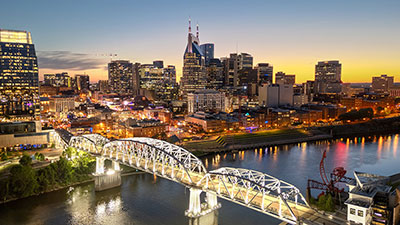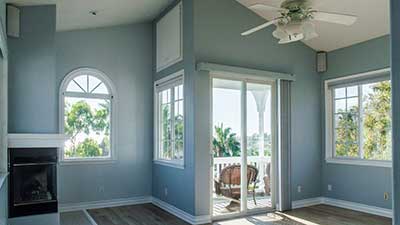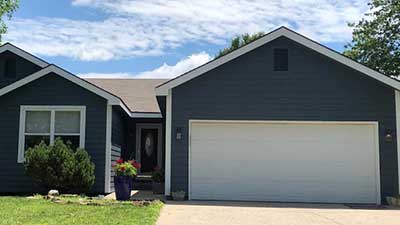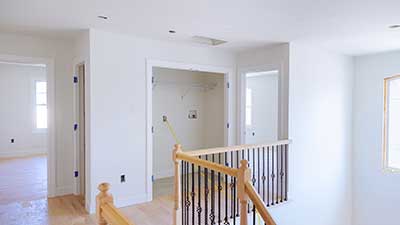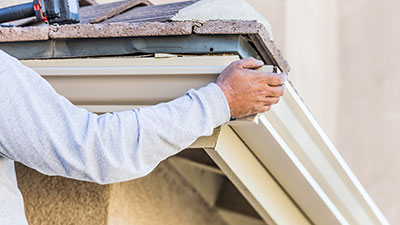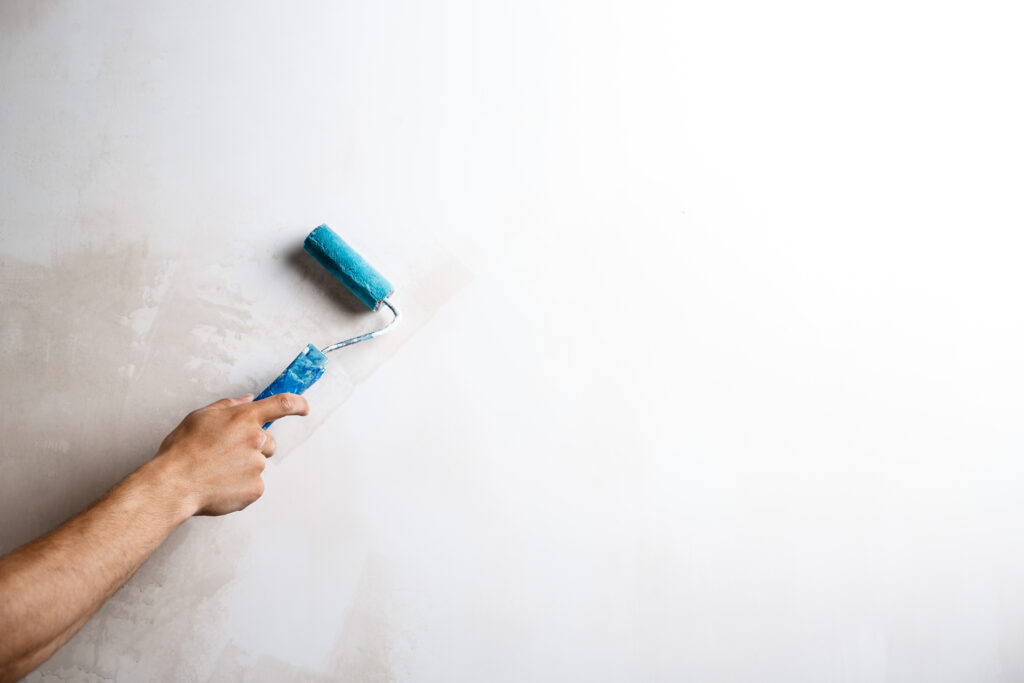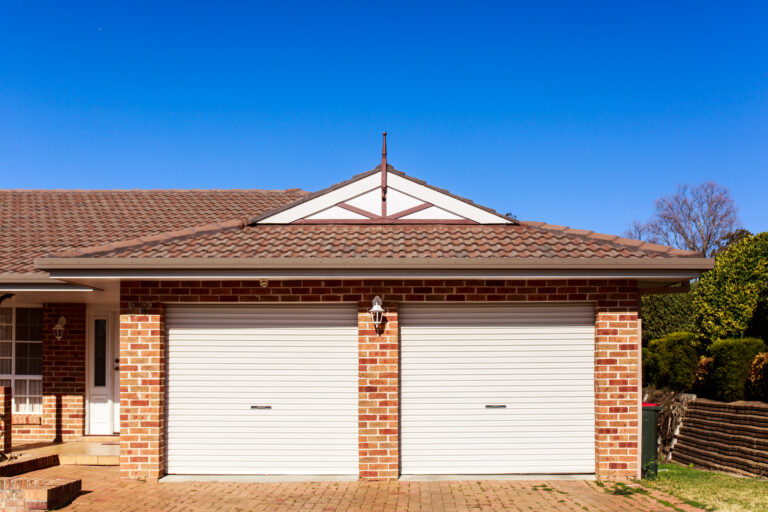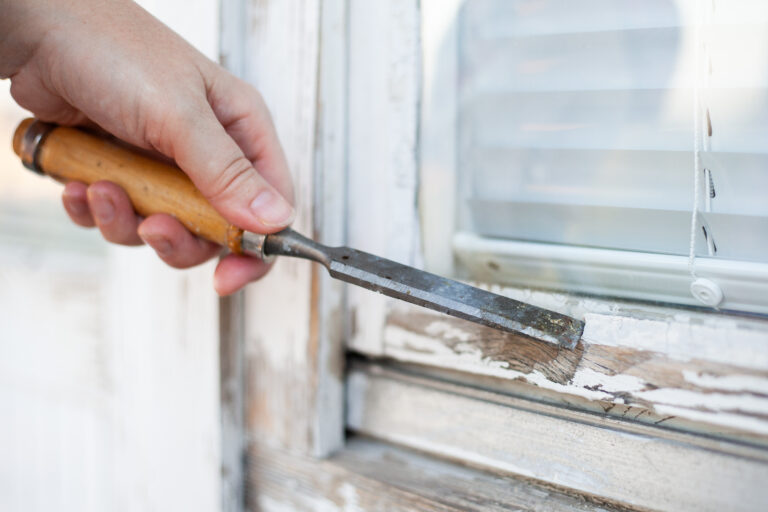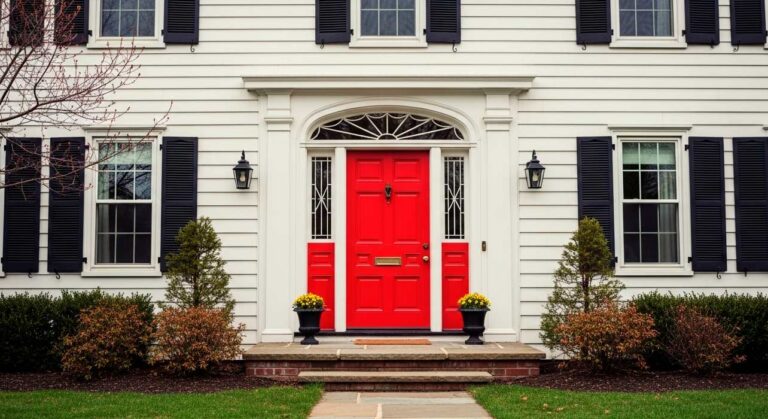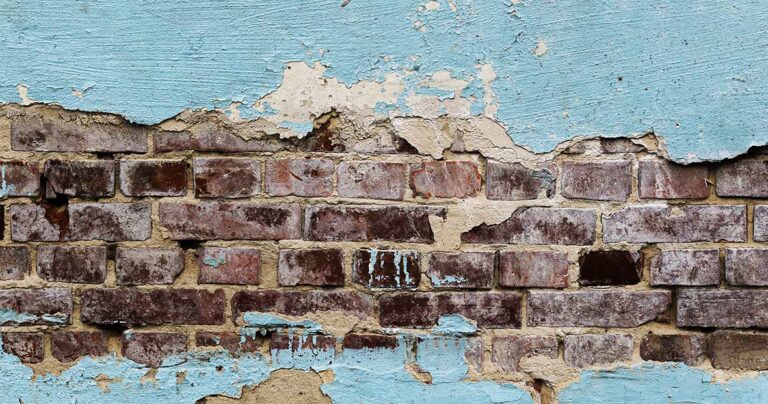Starting a painting project can be as daunting as it is exciting, especially when it comes to picking the right paint for your drywall. Think of your wall as a blank canvas — what you put on it can transform your space entirely. But don’t worry, you don’t need to be an expert to make the right choice.
Whether you’re prepping a room for a fresh drywall makeover or finishing up new construction, the journey from selecting the right primer to the final coat of paint is crucial. This guide is your go-to resource for understanding how to prepare your walls and select the drywall paint that not only looks great but also stands the test of time. Ready to transform your interior and exterior walls into a masterpiece? Let’s dive in and make those color decisions with confidence!
Understanding Drywall
Drywall—you might know it as gypsum board, plasterboard, or sheetrock—is pretty much the go-to material for building the inside walls and ceilings of houses. It’s made of a plaster called gypsum, squeezed between two big sheets of paper. It’s super popular for fixing up or building homes for a bunch of reasons.
Common Uses in Homes
Drywall is awesome for a few key things around the house:
- Making Rooms: It lets you divide up spaces into rooms without having to lay bricks and mortar.
- Ceilings: It gives you a nice smooth surface up top that’s ready for painting.
- Cool Designs: Need some fancy shapes like arches or special ceiling features? Drywall can be cut and shaped to make those cool details.
- Fixes and Makeovers: Got a hole in the wall or thinking about changing up a room? Drywall is perfect because it’s pretty easy to work with and finish off.
Why Drywall is Popular
Drywall is the way to go if you’re watching your budget and want to save some serious cash on big projects. It’s not just about the savings, though; putting it up is a piece of cake—cut it, nail or screw it in place, cover the seams with some joint compound, and that’s it. Plus, it doesn’t drag on forever like plastering does, so you save time and money on labor. Drywall is super versatile, too, perfect for anything from your living room to the office or even a factory, and ready for paint, wallpaper, or any texture you fancy. Bonus points: it’s got this cool feature where it can help slow down fires thanks to the water in the gypsum turning to steam, and it’s pretty good at keeping things quiet, cutting down on noise. Add some insulation or go for the sound-dampening kind, and you’ve got yourself a quiet, safe space that didn’t break the bank.
Preparation for Painting Process
To achieve a flawless paint job on drywall, proper preparation is key. Here’s a comprehensive guide detailing the steps, tools, and materials needed, along with insights on surface cleaning and the importance of applying primer.
Steps for Preparation
Fixing Up the Wall:
First off, give your walls a good look-over for any holes or dents. Grab some spackle or joint compound and a putty knife to fill those bad boys in. Smooth it over and let it dry as the label says. Once it’s dry, take some fine-grit sandpaper and sand those spots down to get them nice and smooth. Just remember, drywall isn’t too tough, so go easy with the sanding.
Sanding It Down:
Next, you’ll want to lightly sand the whole wall. This makes sure your wall’s as smooth as a fresh skatepark and ready for paint. Pay extra attention to smoothing out those patched-up spots so everything blends in nicely.
Cleaning Up:
Sanding’s messy, and that dust can mess with your paint job. So, grab a tack cloth or a damp one and wipe down the walls to get rid of all that dust. Let it dry all the way before you move on.
Primer Time:
Primer’s your best friend because it gets your wall ready for paint, making sure the paint sticks well and you don’t end up doing more coats than you need to. It also keeps any stains from showing through. Use a brush for the tricky parts and a roller for the big spaces, and make sure you’re not putting too much on. Wait for it to dry as long as the can says.
Adding Texture (If you want that):
If you’re going for a textured look, now’s the moment. Whether you’re stippling or rolling on some texture, get creative and make those walls your own.
Importance of Primer
Primer plays a crucial role in preparing drywall for painting by:
- Enhancing paint adhesion, reducing the likelihood of peeling or blistering.
- Providing a uniform surface color and texture, ensuring consistent paint coverage.
- Blocking stains and preventing them from bleeding through the paint.
- Potentially saving on paint. A primed surface is more efficient and may require fewer coats of paint for full coverage.
Choosing the Right Paint and Tools
Choosing the right type of paint for new drywall is crucial to achieving a professional-looking finish and ensuring the longevity of your paint job. Here’s a breakdown of the differences between water-based and oil-based paints, and a list of the tools needed for painting.
Water-based vs. Oil-based Paints
Water-based Paints (Latex or Acrylic):
One of the best things about water-based paints is how quickly they dry, hugely speeding up your painting projects. They’re also great for indoor use because they have a low odor and minimal Volatile Organic Compounds (VOCs), making them more environmentally friendly and safer around the house.
Oil-based Paints:
When you’re dealing with areas that really get a workout, like trim, doors, and cabinets, you can’t beat oil-based paints for their toughness and ability to handle wear and tear. They’re like the glue of the paint world, sticking to surfaces better than most, even the tricky spots. Plus, they leave behind a smooth finish that’s hard to match, without all those annoying brush marks. It’s the kind of paint that makes your project look sharp and stay that way.
Tools Needed for Painting Drywall
- Paintbrushes: A variety of sizes for cutting in and detailed work.
- Paint Roller: For covering large areas efficiently. A roller with a suitable nap length for the texture of your drywall is essential.
- Roller Tray: To hold and roll out the paint.
- Paint: Choose water-based or oil-based paint based on your needs.
- Drywall Tape: For protecting trim, ceilings, and other surfaces you don’t want to paint.
- Drop Cloths: To protect floors and furniture from paint spills and splatters.
- Sandpaper: For smoothing out any imperfections before painting.
- Drywall Primer: Essential for preparing the drywall surface, improving paint adhesion, and ensuring a uniform finish.
Painting Techniques
- Priming: Start with a coat of primer to ensure even paint absorption and to enhance the paint’s adhesion to the surface. Allow the primer to dry completely as per the manufacturer’s instructions.
- First Coat: Begin painting from the top down, starting with the drywall ceiling before moving to the walls. Use your brush to cut in at the edges and corners, then fill in larger areas with the roller. Work in small sections, applying paint in a ‘W’ pattern with the roller, then filling in the gaps without lifting the roller. This technique helps achieve even coverage.
- Second Coat: Apply a second coat if necessary for even coverage and depth of color. The second coat enhances durability and the overall finish.
Achieving a Smooth Finish
- Sanding: Before applying primer or between coats, lightly sand the drywall with fine-grit sandpaper to remove any texture or imperfections. This step is crucial for achieving a smooth finish.
- Quality Materials: Use high-quality paints and primers designed for interior use on drywall. Higher quality materials generally provide a smoother application and finish.
- Proper Technique: Maintain a wet edge while painting to avoid lap marks. This means overlapping the previous stroke before it dries.
Drying Time and Additional Coats
- Proper drying time between coats is crucial. Rushing this process can lead to tackiness, uneven color, or visible brush strokes.
- Additional coats may be necessary for deep colors or to achieve a uniform finish. Always allow for adequate drying time as recommended by the paint manufacturer.
Common Mistakes to Avoid
When painting drywall, homeowners can make several common mistakes that can affect the quality and longevity of the paint job. Being aware of these potential pitfalls and knowing how to avoid them can lead to better results. Here are some common painting mistakes and tips on how to avoid them:
1. Skipping Surface Preparation
Not properly cleaning, repairing, and priming the drywall surface before painting.
2. Using the Wrong Type of Paint
Choosing oil-based paint for interior walls without considering the advantages of water-based paint, such as easier cleanup and quicker drying times.
3. Poor Application Techniques
Using the wrong tools or techniques, leading to streaks, roller and paint brush strokes.
4. Applying Paint Too Thickly
Applying paint too thickly in a single coat, which can lead to drips, sags, and an uneven finish.
5. Painting Over Unprimed Drywall
Skipping the primer, which can result in poor paint adhesion, uneven color, and the need for more coats of paint.
6. Not Allowing Sufficient Drying Time
Being impatient and not allowing each coat of paint to dry completely before applying the next coat or reassembling the room.
7. Neglecting Ventilation
Painting in a poorly ventilated space, leading to longer drying times and potential health risks from inhaling fumes.
Conclusion:
Painting your drywall not only enhances the aesthetic appeal of your home but also breathes new life into your space, reflecting your unique style and taste. With the guidance provided, this project becomes an achievable feat, empowering you to take control and make a tangible impact on your living environment.
So, why wait? Dive into this rewarding project and witness the transformative power of paint. Not only will you elevate the look and feel of your home, but you’ll also discover the joy and satisfaction that comes from hands-on improvement. Let’s paint a brighter future for your home together, one wall at a time.





